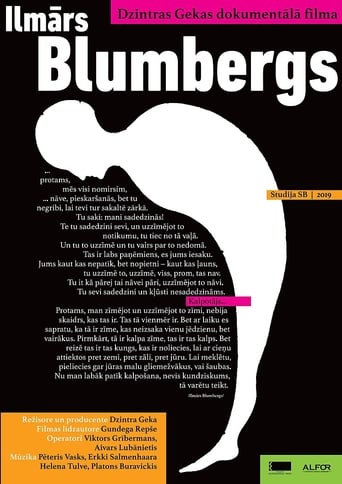Juris Jurjāns. Seven Days of Painting, Talking, Silence 2024
In the documentary, director Dzintra Geka has created an engaging portrait of Latvian painter Juris Jurjāns. The film delves into his world, embodying a visually rich narrative of freedom in art, life energy, and virtuosity. As always, Juris Jurjāns chooses beauty as the leading theme of his artist and refuses to conform to the rules dictated by old age. He continues to indulge in fine drinks, puffs cigars, and paints. Every day he travels to his studio, where he finds solace in his canvases.

















